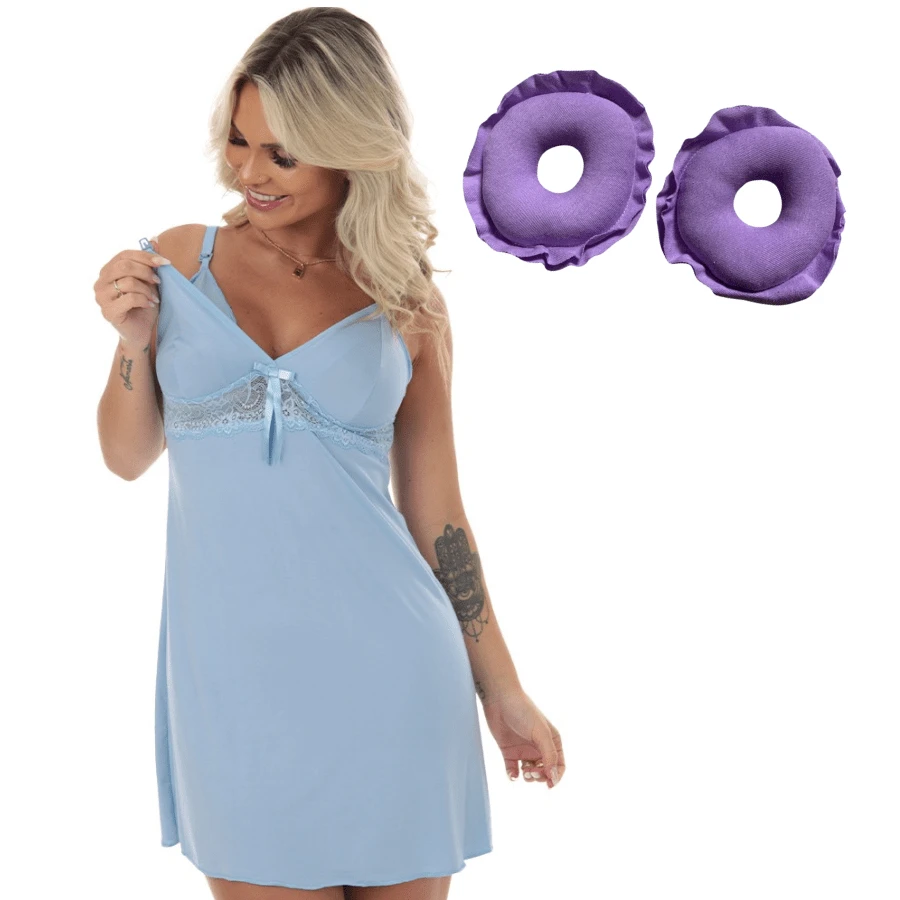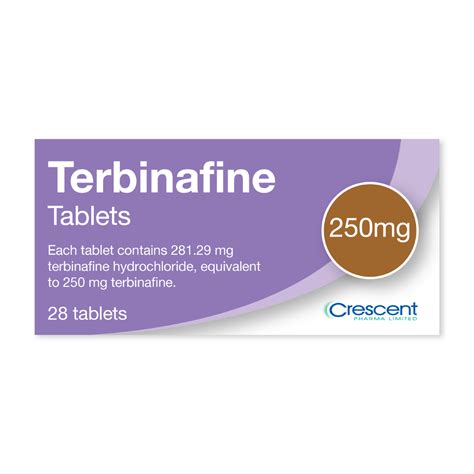Breastfeeding is a natural and essential part of nurturing a newborn, offering numerous benefits for both the mother and the baby. However, it’s not uncommon for new mothers to encounter challenges, one of which is cracked nipples. This condition can be painful and may lead to discomfort during breastfeeding, potentially discouraging some women from continuing. Understanding the causes, symptoms, and most importantly, the prevention and treatment strategies for cracked nipples, can help alleviate the issue and ensure a smooth breastfeeding experience.
Causes of Cracked Nipples
Several factors can contribute to the development of cracked nipples during breastfeeding. One of the primary causes is improper latching. When the baby does not latch on correctly, it can cause friction and pressure on the nipple, leading to soreness and cracking. Other factors include:
- Overzealous Cleaning: Harsh soaps or frequent washing can strip the nipple of its natural oils, leading to dryness and cracking.
- Nipple Confusion: Babies who are introduced to bottles or pacifiers too early may have difficulty latching properly onto the breast, as the nipple on a bottle or pacifier is harder and less pliable than a human nipple.
- Tongue-Tie: A condition where the baby’s tongue is tied too tightly to the floor of the mouth, restricting its movement and potentially causing poor latching.
- Thrush: A yeast infection that can cause cracking and pain in the nipples.
Symptoms of Cracked Nipples
The symptoms of cracked nipples can vary but typically include:
- Pain: Severe pain during and after breastfeeding, which can be sharp or dull, depending on the severity of the crack.
- Cracks or Fissures: Visible cracks or fissures on the nipple or areola.
- Bleeding: In severe cases, the cracks can bleed.
- Discomfort: General discomfort or sensitivity in the nipple area, even when not breastfeeding.
Prevention Strategies
Preventing cracked nipples involves a combination of good breastfeeding practices and self-care. Some strategies include:
- Proper Latching: Ensure the baby is latched on correctly. The baby’s mouth should cover the areola, not just the nipple.
- Keep the Nipple Moist: Apply a few drops of breast milk or a nipple cream after feeding to keep the nipple moist and promote healing.
- Air Dry: Allow the nipples to air dry after feeding to prevent bacterial or fungal infections.
- Avoid Irritants: Refrain from using harsh soaps, lotions, or creams on the nipples.
Treatment Options
If you do develop cracked nipples, there are several treatment options available:
- Nipple Shields: Temporary use of nipple shields can help protect the nipple during feeding while it heals.
- Topical Treatments: Applying a topical antibiotic ointment or a cream containing lanolin can help soothe and heal the nipple.
- Warm Compresses: Applying a warm, damp washcloth to the nipple before feeding can help with latching and reduce discomfort.
- Rest: Giving your breasts a break from feeding can help them heal faster. However, it’s essential to express milk to prevent engorgement and maintain milk supply.
Managing Pain and Discomfort
Managing pain is crucial for continuing to breastfeed with cracked nipples. Besides the aforementioned treatments, other strategies can help:
- Pain Relief Medication: Over-the-counter pain relievers like acetaminophen or ibuprofen can help manage pain.
- Cold or Warm Packs: Applying a cold or warm pack to the breast before or after feeding can reduce discomfort.
- Breastfeeding Support: Seek help from a lactation consultant who can provide personalized advice and support.
Conclusion
Cracked nipples, though painful and discouraging, are a common hurdle many breastfeeding mothers face. With proper understanding of the causes, and by implementing preventive strategies and treatments, it’s possible to overcome this challenge. Remember, the goal of breastfeeding is not only to nourish the baby but also to create a bonding experience between the mother and child. Don’t hesitate to seek professional help if you’re experiencing difficulties; lactation consultants and healthcare providers are there to support you through your breastfeeding journey.
How can I prevent cracked nipples from occurring in the first place?
+To prevent cracked nipples, ensure proper latching, keep your nipples moist with breast milk or a nipple cream, air dry them after feeding, and avoid using harsh soaps or creams. Regularly expressing milk and maintaining good nursing technique can also help prevent nipple trauma.
What are the best products to use for healing cracked nipples?
+Lanolin cream, nipple shields, and warm compresses are highly recommended for healing and protecting cracked nipples. It's also beneficial to apply a few drops of breast milk to the affected area, as it contains antibodies that can help heal and protect the skin.
Can I continue breastfeeding if I have cracked nipples?
+Yes, it's recommended to continue breastfeeding even with cracked nipples. Proper latching, using nipple shields if necessary, and keeping the nipple area clean and moisturized can help manage discomfort while the nipples heal. If pain is severe, consider expressing milk to give your nipples a break while maintaining your milk supply.
Breastfeeding is a journey filled with its share of challenges, but with the right support, resources, and mindset, mothers can overcome these hurdles and enjoy the rewarding experience of nourishing their babies. Remember, every breastfeeding journey is unique, and what works for one mother may not work for another. Staying informed, seeking professional help when needed, and being patient with oneself are key to navigating any difficulties that arise, including cracked nipples.



